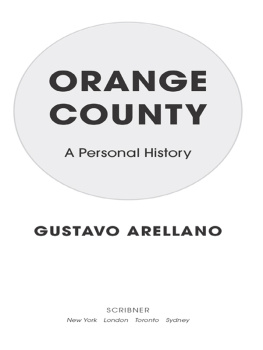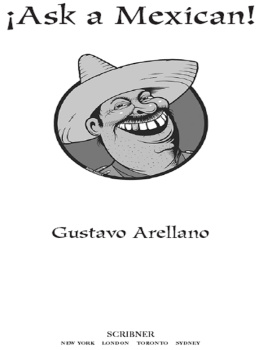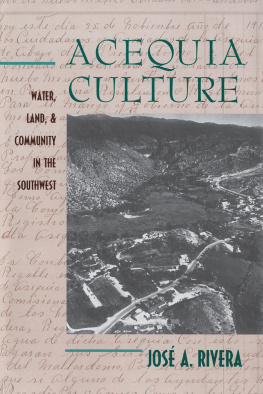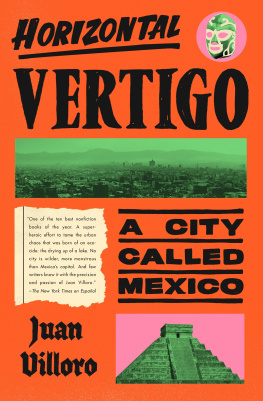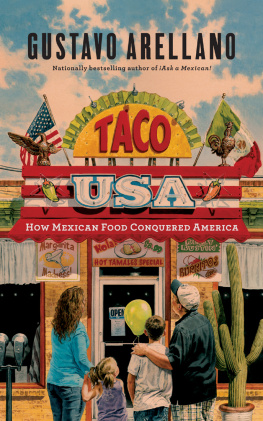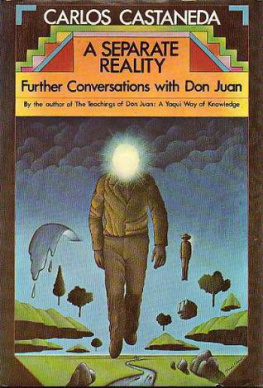Enduring Acequias
Querencias 
SERIES
MIGUEL A. GANDERT
AND ENRIQUE R. LAMADRID,
SERIES EDITORS
Querencia is a popular term in the Spanish-speaking world that is used to express a deeply rooted love of place and people. This series promotes a transnational, humanistic, and creative vision of the U.S.-Mexico borderlands based on all aspects of expressive culture, both material and intangible.
Also available in the Querencias Series:
Chasing Dichos through Chimay by Don J. Usner
Hotel Mariachi: Urban Space and Cultural Heritage in Los Angeles by Enrique R. Lamadrid and Catherine L. Kurland; Photographs by Miguel A. Gandert
Sagrado: A Photopoetics Across the Chicano Homeland by Spencer R. Herrera and Levi Romero; Photographs by Robert Kaiser
Enduring Acequias
WISDOM OF THE LAND, KNOWLEDGE OF THE WATER

Juan Estevan Arellano

2014 by the University of New Mexico Press
All rights reserved. Published 2014
Printed in the United States of America
19 18 17 16 15 14 1 2 3 4 5 6
The Library of Congress has cataloged the printed edition as follows:
Arellano, Juan Estevan.
Enduring acequias : wisdom of the land, knowledge of the water /
Juan Estevan Arellano. First edition.
pages cm. (Querencias series)
Includes index.
ISBN 978-0-8263-5507-2 (pbk. : alk. paper) ISBN 978-0-8263-5508-9 (electronic) 1. Irrigation canals and flumes. I. Title. II. Series: Querencias series.
TC930.A74 2014
333.9100972dc23
2014001713
COVER PHOTOGRAPH: Rich Reid, courtesy of Getty Images
Dedicated to the memory of my mentors, who knew what it meant to have such a dignified title as mayordomo de la acequia, none of whom are with us to guide us: Cleofes Vigil from San Cristobal, Andres Martinez from Caon in Taos, and Pablo Romero from the Acequia del Llano in Dixon.
Contents


Acequia by the road. Photograph by the author.
Acknowledgments

This work had its beginnings, unbeknown to me, when I was a child playing in the acequias in Caoncito and seeing my parents grow so much food, from chile and corn to an array of sweet cherries, apricots, and other fruits. Then for a while they blurred from my vision during my time in college; when I came back from my fellowship at the Washington Journalism Center and started to work with the Living Lab program for HELP (Home Education Livelihood Program) in Peasco, acequias were once again front and center. It was there that I was introduced to oral history, working with Facundo Valdez and Dr. Toms Atencio, who at that time were instrumental in beginning La Academia de la Nueva Raza. Though I was working under Facundo, a lot of the work I did was in helping to start the Academia archives with Toms. Little did I know this was going to be my lifes work. Along the way I met many people throughout the villages of northern New Mexico, and nothing was more important than land and water, the land grants and acequias. Along the way I met the Reverend Antonio Medina, and today I still continue working with him through the New Mexico Acequia Association, especially since our trip in 1998 under the auspices of the Ford Foundation with Dr. Walter Coward, who helped us with a grant to take nineteen New Mexicans to visit Spain for three weeks. There we saw the acequias from a different perspective and experienced a different type of artisan agriculture, one I was unfamiliar with. All of this added fuel, bringing me to eventually one day write a book about acequias and similar community water systems.
In Spain I realized that that country had a long history with acequias, all part of our history in New Mexico. Then, during my tenure with the Oate Center in Alcalde, one of the first workshops dealt with acequias. While there we had many events dealing with acequias and land grants; 1998 was a watershed year since it was the Cuarto Centenario of Spanish settlement in New Mexico and the 150th anniversary of the signing of the Treaty of Guadalupe Hidalgo (thanks, Celina Garcia, Joyce Guerin, and Liddie Martinez). These historic events opened the door, through the Camino Real de Tierra Adentro, to visiting most of Mexico. There I met people who later became important in doing this work, among them Dr. Jos Rivera, and I again reconnected with Dr. Enrique Lamadrid when we worked on a childrens book on acequias for the University of New Mexico Press. Rivera then introduced me to Dr. Toms Martinez Saldaa from the Colegio Postgraduado in Texcoco, Mexico, and also Dr. Thomas Glick from Boston University and Dr. Luis Pablo Martinez from Murcia, all of whom have been very instrumental in completing this work. Dr. Gary Nabhan has also been a great resource and friend. Thanks also to Mylene dAuriol for her wonderful photographs of Peru. Also Donatella Davanzo and Ellen Fowler.
I am not a historian, though I am a student of history, so this work is more in keeping with my vocation as a journalist, trying to tell a story of the common men and women who work the land, unnoticed and unrecognizedthe faceless humans who have created civilizations, never asking for anything in return. Among them have been the hundreds of acequia mayordomos, commissioners, and parciantes who have toiled in obscurity, maintaining these grand systems that provide water to feed their villages, whether in New Mexico, Mexico, Spain, the Middle East, Asia, or anywhere in the arid world where people depend on these systems to survive.
Of course this work could never have been completed without the help of my wife, Elena, who has always been there for me, and my sons, Javier and Carlos, and daughter, nica. I also want to thank the Christensen Fund for their financial support through the Lore of the Land (thank you Suzanne Jamison, a true friend since the days at NMSU, and Jack Loeffler) and the New Mexico Acequia Association (gracias Paula Garcia, Janice Varela, and the rest of the staff). And of course there are many others; you know who you are, but due to space limitations, I cant list all the names.

Canova de Trampas. Photograph by the author.
PART 1

THE
WISDOM
OF THE
LAND
La tierra dirije al agua, y el agua guia la tierra.
The way the Indo-hispano looks at the land can be found in documents from cultures from the Middle East, Spain, the Mediterranean, and Mesoamerica. Among those documents are the Siete Partidas, the Ordenanzas of 1573, the Laws of the Indies, and the Plan of Pitic.
Next page

